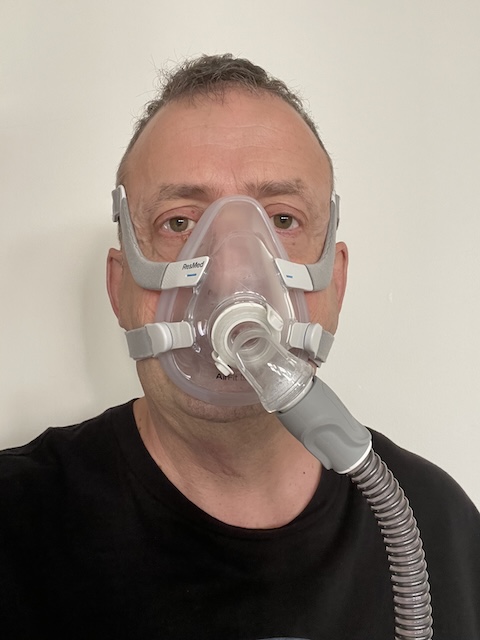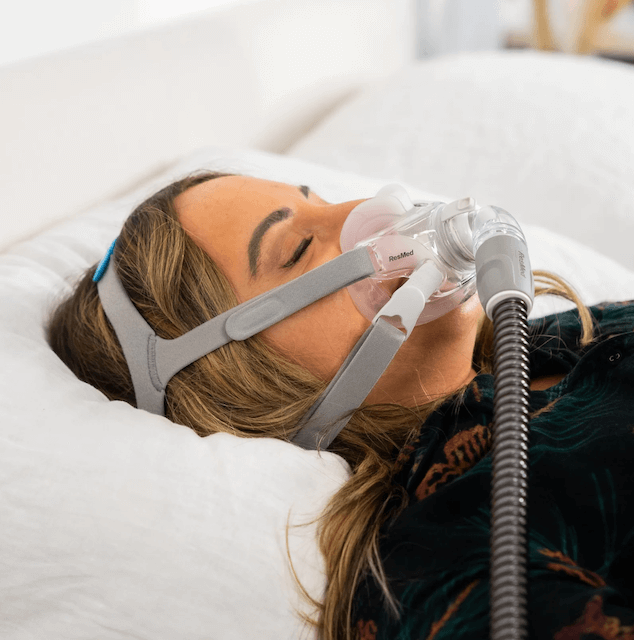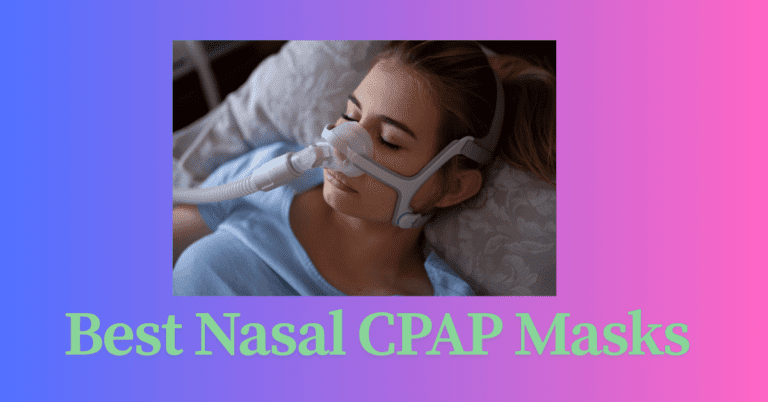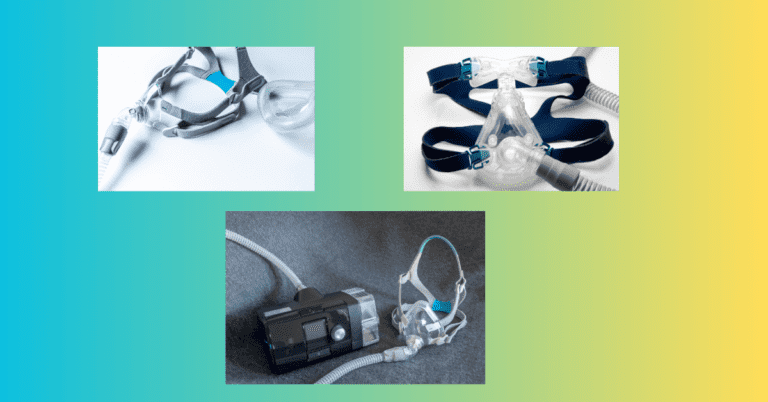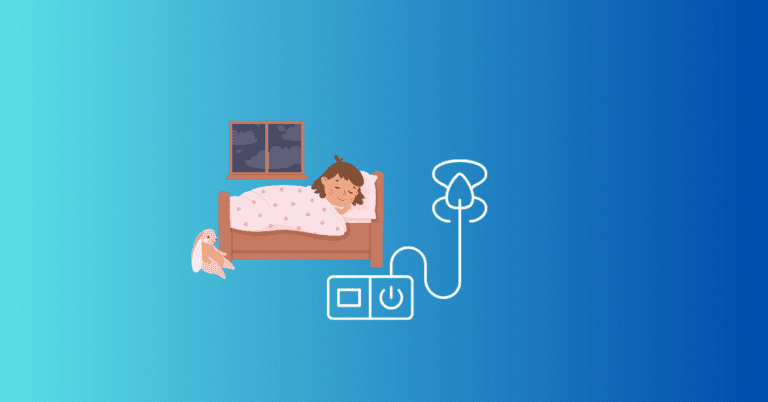How to Choose a CPAP Mask: A Real-World Guide
Jeremy Smith is a long-term CPAP user and sleep apnea advocate. After being diagnosed with severe obstructive sleep apnea, he created ByJeremySmith.com to help others navigate CPAP therapy through personal stories, gear reviews, and practical advice.
When I was first diagnosed with severe sleep apnea, I had a pretty good idea of what type of mask to get, as I usually sleep with my mouth open.
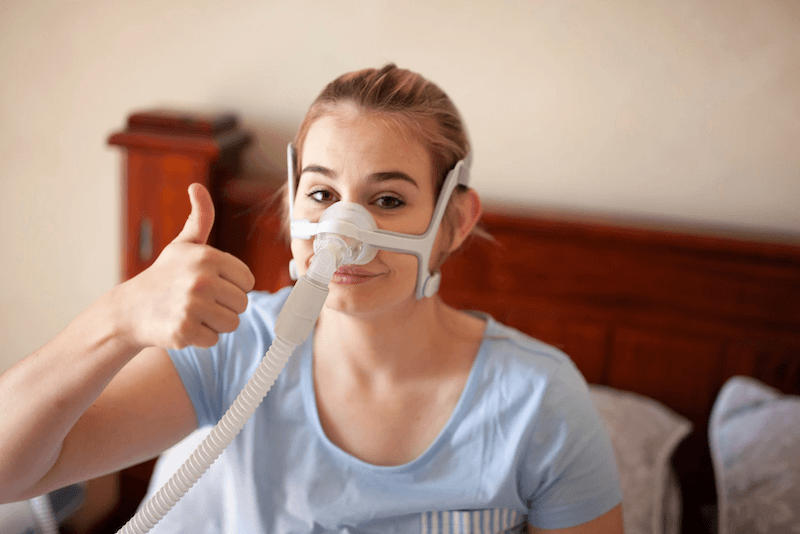
For others like yourself, it’s probably different.
Your mask will be the bridge between you and your therapy—it’s what makes or breaks your experience with CPAP.
Let’s walk through everything you need to know about choosing the best CPAP mask for your needs—without the overwhelm.
Why Your CPAP Mask Matters
Your CPAP machine might be top-of-the-line, but you will have a rough time if your mask doesn’t fit well or match your sleep style. Think hissing sounds, discomfort, dry mouth, and even poor therapy.
A well-fitting mask makes your therapy more effective, comfortable, and sustainable in the long run. You shouldn’t dread bedtime—you should feel relief knowing your body’s getting the oxygen it needs.
If you’re still wrapping your head around what sleep apnea is and how CPAP therapy works, I break it all down right here.
Start With the 3 Main Types of CPAP Masks
Each mask type has pros and cons; the right one depends on how you sleep and breathe.
1. Nasal Masks
These sit over your nose and deliver airflow through the nasal passage.
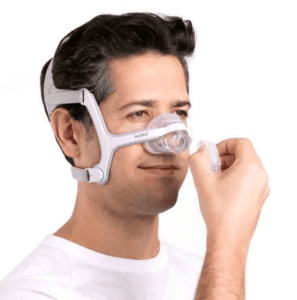
Best for:
- Nose breathers
- Side and back sleepers
- People who want a good balance of comfort and seal.
2. Nasal Pillow Masks
These ultra-minimal masks seal directly at the nostrils with small “pillows.”
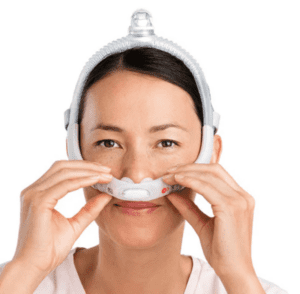
Best for:
- Claustrophobic users
- People with facial hair
- Active sleepers who toss and turn
They’re lightweight, low-profile, and surprisingly effective—if you don’t breathe through your mouth. (More on that later.)
3. Full Face Masks
These cover both your nose and mouth, making them ideal for mouth breathers or anyone with frequent nasal congestion.
Yes, this is me below.
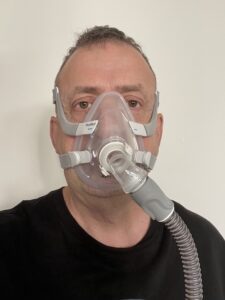
Best for:
- Mouth breathers
- Back sleepers
- Higher pressure settings
If you’re unsure which type is right for you, I break it down on my CPAP mask types guide, including pros and cons, so that you can compare easily.
Match Your Mask to Your Breathing Style
One of the biggest mistakes I see is people breathing through their mouths using a nasal mask. That’s a recipe for dry mouth, air leaks, and frustration.
If you’re a mouth breather (especially at night), check out my full guide on how to prevent mouth breathing on CPAP.
In short:
- If you breathe through your nose, use a nasal or nasal pillow mask.
- If you breathe through your mouth (or both), use a full-face mask or a nasal mask with a chin strap.
Consider Your Sleeping Position
How you sleep plays a huge role in which mask works best.
- Side sleepers: A nasal pillow or nasal mask is ideal. They’re lower profile and won’t shift as much.
- Back sleepers: You’ve got more flexibility. Any mask type can work, even full-face masks.
- Stomach sleepers: You’ll want the smallest mask possible. Nasal pillows are your best bet here.
Also, don’t forget to pair your mask with the right pillow. Some pillows have cutouts for CPAP masks to reduce pressure points and mask shifting.
Get the Right Fit
A good seal = effective therapy. But comfort is just as important. If it’s too tight, you’ll get marks on your face. Too loose, and you’ll deal with air leaks all night.
Tips for better fit:
- Use the fitting guide that comes with your mask (they’re usually printable).
- Adjust straps evenly on both sides.
- Lie down in your usual sleeping position and then test the fit.
- Don’t crank it tight. A good mask should seal without needing to be over-tightened.
Also, every brand fits slightly differently. What works with a ResMed mask might feel off with a Philips Respironics one. So don’t be afraid to try a few.
Comfort Features to Look For
Let’s be honest—wearing a mask every night isn’t natural. So anything that boosts comfort is worth its weight in gold.
Look for:
- Memory foam cushions (more forgiving on the skin)
- Quiet venting (so you and your partner can sleep)
- Minimal contact frames (great for glasses wearers or sensitive skin)
- Magnetic clips or quick-release options (makes taking it off at night easier)
I’ve compiled a complete list of my favorite masks based on comfort, reliability, and budget. You can check that out in my best CPAP mask roundup.
Don’t Forget Mask Maintenance
Choosing a fantastic mask is only half the battle. You must clean it regularly to prevent skin irritation, bacterial growth, and early wear and tear.
Quick cleaning tips:
- Daily: Wipe down the cushion with a CPAP mask wipe or warm water and mild soap.
- Weekly: Fully wash all parts separately, then air-dry thoroughly.
- Monthly: Check for cracks or wear. Replace parts as needed.
If you see more leaks, it might be time for a new cushion. Most cushions need to be replaced every 1–3 months.
Also, insurance may cover mask replacements—check your plan!
Cost and Insurance Considerations
CPAP masks can range from $50 to $200+, depending on the type and brand. If you’re buying out of pocket, look for bundle deals or reusable frame systems that let you replace just the cushion, not the whole mask.
If you’re going through insurance:
- You’ll likely need a prescription.
- Replacements are typically covered on a schedule (e.g., new mask every 3-6 months).
- Durable medical equipment (DME) providers may limit your mask options—if so, consider asking for a “cash price” comparison online.
Pro tip: Even if you get your mask through insurance, it’s worth trying a few types before committing. Many online suppliers offer risk-free trials or return policies.
Real Talk: Try Before You Commit
You won’t always get it right the first time—and that’s okay. It took me three different masks before I found the one. Please don’t feel guilty about switching until it feels right. This is about your long-term health.
Your Next Steps
Choosing a CPAP mask isn’t just a one-time decision—it’s a personal journey. Start with your breathing style and sleep position. Test out the major mask types. Prioritize comfort, fit, and ease of use. And don’t be afraid to make a change if something isn’t working.
If you’re still new to CPAP therapy and feeling overwhelmed, I’ve got a complete beginner’s guide to CPAP machines and accessories that walks you through everything.
You’re not alone in this. I know what it’s like to wake up with headaches and brain fog, wondering if things will ever improve. They can—and they will—with the right tools and support.
Disclaimer: The content on this blog is for informational and educational purposes only and is not a substitute for professional medical advice. Always speak with your doctor or sleep specialist before starting, stopping, or changing any treatment or therapy related to sleep apnea or CPAP use.
